Have you ever wondered why your cat insists on curling up in that one sunny corner, or why they’ve claimed the top of your refrigerator as their personal throne? Your feline friend’s sleeping spots aren’t random choices. They’re actually tiny windows into how your cat is feeling at any given moment. Think of it like reading a map to their emotional world, except instead of roads and landmarks, you’re following nap locations and body positions.
The way a cat rests or their sleep pattern, site and stance may provide an indication of their welfare status in conjunction with other behavioural and clinical signs. Honestly, once you start paying attention to where and how your cat snoozes, you’ll notice patterns you never saw before. Some days they’re sprawled out without a care, other days tucked into the tightest ball imaginable. Each spot tells a story.
High Perches Mean Confidence and Control
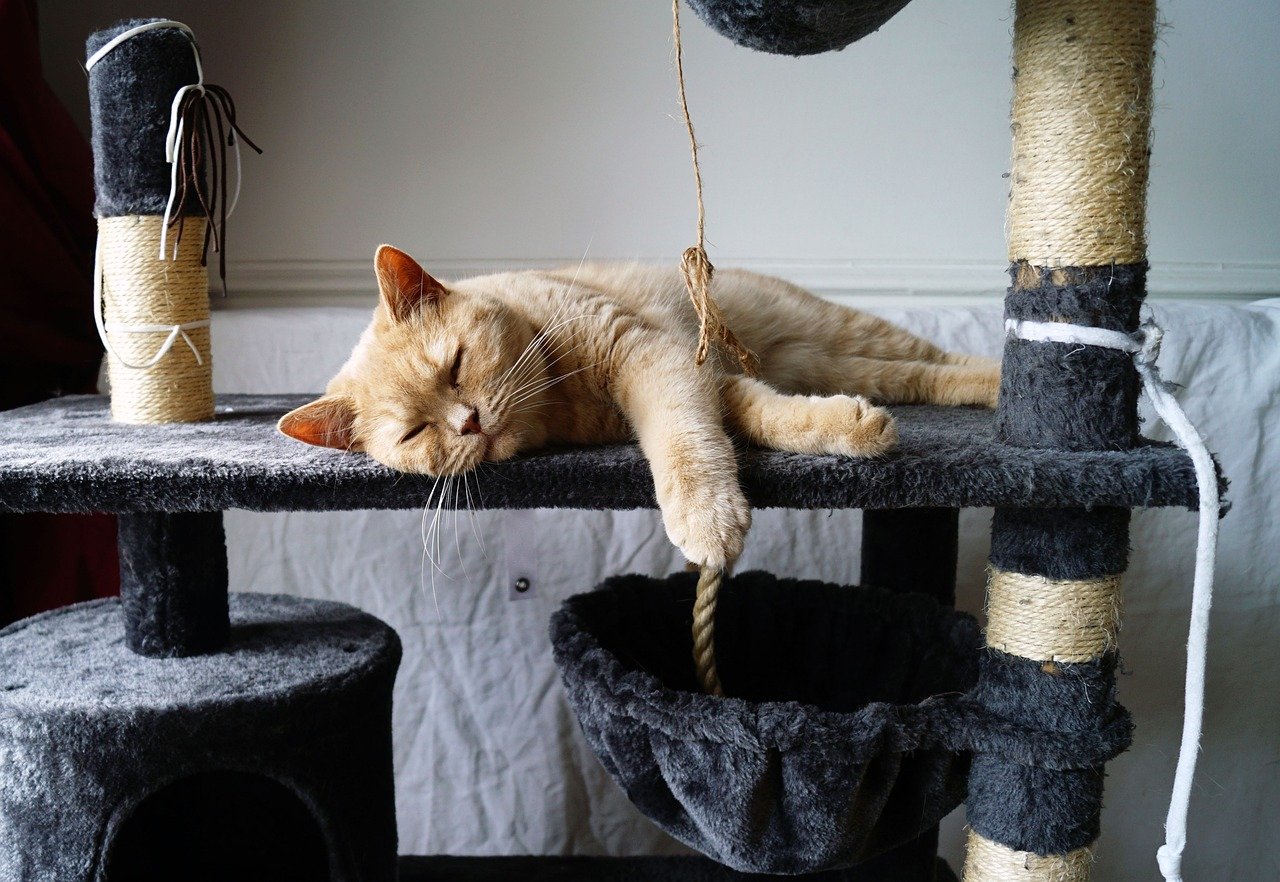
Cats naturally gravitate toward high spots for sleeping, such as cat trees, windowsills, and tall furniture. This preference stems from their wild ancestors’ need to survey their territory while remaining safe from predators. These elevated positions offer both security and a tactical advantage, allowing cats to observe their surroundings while resting. If your cat has claimed the top shelf of your bookcase or the peak of their cat tower, they’re likely feeling pretty good about themselves.
A cat sleeping up high is demonstrating confidence in their environment. Most cats prefer to sleep and hang out in places with good vantage points. It comes from their instinct to protect themselves, and a high position for sleeping or resting gives them an aerial advantage for spotting any potential dangers around them. When you see your furry companion napping six feet off the ground, that’s not anxiety speaking. That’s a cat who feels secure enough to rest while maintaining awareness of everything happening below.
Warm Spots Show Comfort and Self-Care
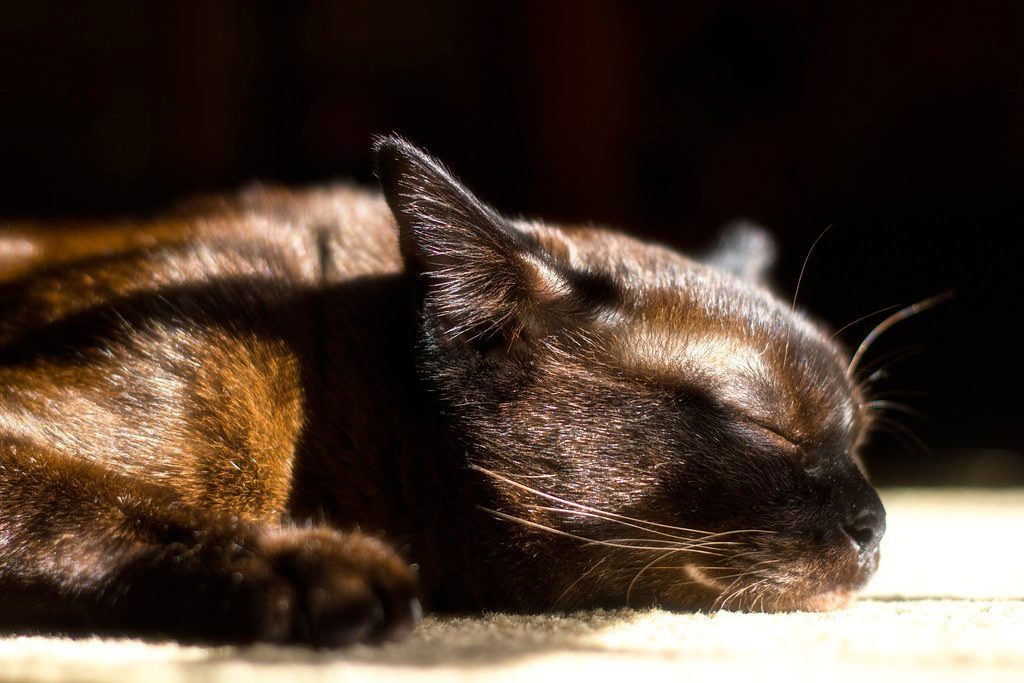
Ever find your cat draped across a heating vent or basking beside a sunny window? House cats descend from desert wildcats and they retain some characteristics from them, such as their ability to tolerate extreme heat. Cats have a higher body temperature than humans. Therefore, it’s no wonder that they will instinctively seek out warm places. This heat-seeking behavior is completely natural and shows your cat is taking care of their basic comfort needs.
You’ll often find cats curled up in sunny spots, near heating vents, or on warm appliances. This isn’t just about comfort – cats have a higher body temperature than humans and need to maintain it for optimal function. Warm locations help them conserve energy while staying comfortable during their frequent naps. Let’s be real, if you could sleep in a puddle of sunshine all afternoon, wouldn’t you? Your cat’s choice of the warmest spot in the house signals contentment and relaxation. They’re prioritizing their own wellbeing, which is actually a healthy sign.
Enclosed Spaces Signal Need for Security

Boxes, closets, and under-furniture spaces are popular sleeping spots because they satisfy cats’ instinctive need for shelter. These enclosed areas provide a sense of security and protection, similar to the dens their wild ancestors would seek for safety. When your cat disappears into the back of your closet or squeezes themselves into an impossibly small box, they’re looking for safety and privacy.
Here’s the thing about enclosed spaces. Anxious or skittish cats prefer to hide or conceal themselves in small dark confined spots like wardrobes or under bedding, while confident cats like to shelter themselves for uninterrupted sleep in boxes, tunnels plus bags. If your typically social cat suddenly starts spending more time hidden away, it could indicate they’re feeling stressed or overwhelmed. Maybe there’s been a change in the household, or they’re just having an off day. Conversely, a confident cat might choose a box simply because it’s cozy and offers uninterrupted rest time.
Sleeping on Your Bed Means Trust and Bonding
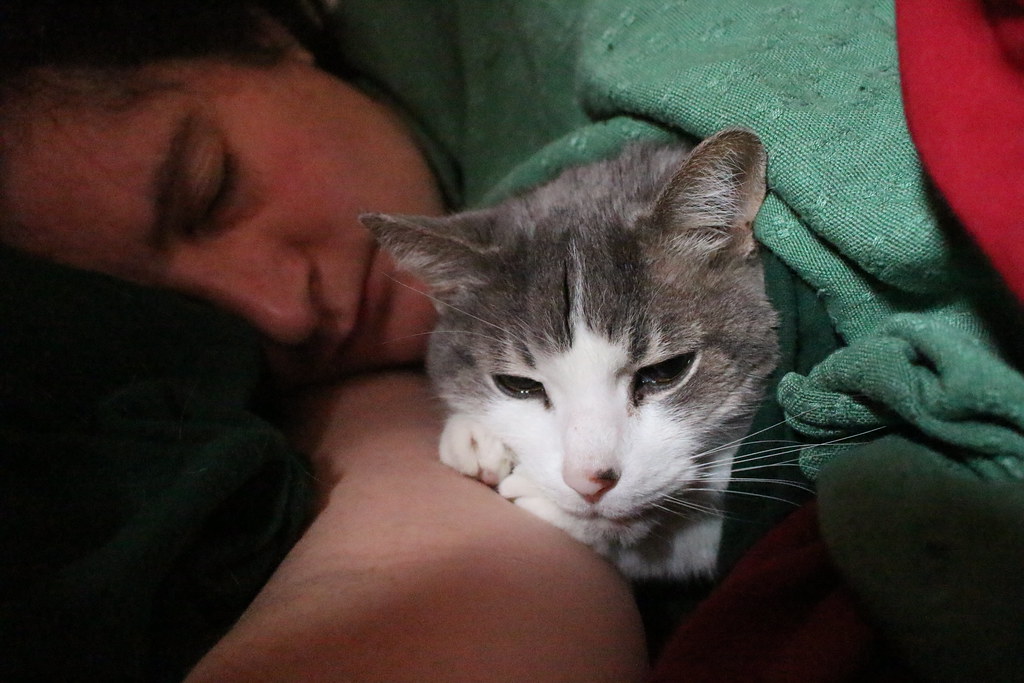
Research found that roughly three-fifths of cats sleep with their adult owners, indicating a strong preference for human warmth. When your cat chooses to sleep on your bed, especially near you, they’re making a powerful statement about trust. Sleep is when animals are most vulnerable, so selecting your space as their resting spot shows they feel safe with you.
Many cats display their affection through grooming and napping on top of their owners, there’s also the extra added bonus of warmth for the cat in the cooler months. Your cat is feeling secure and at ease increasing the human-animal bond. The specific location matters too. A cat sleeping at your feet is staying close while maintaining an escape route, whereas one curled up on your chest is demonstrating deep trust. Sleeping near your head is a significant sign of trust and affection. Cats that form close social bonds tend to sleep in physical proximity to those they trust.
The Curled-Up Ball Position Reveals Temperature or Vulnerability
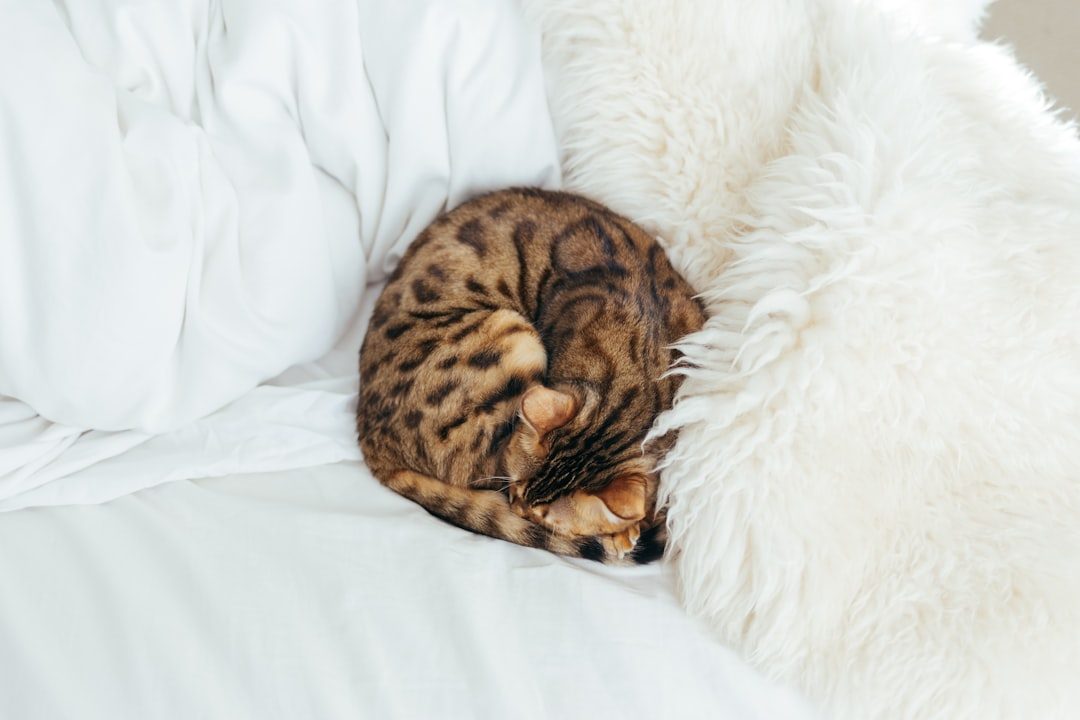
Cats often sleep curled up in a ball, with nose to tail. Cats like to be warm, and this shape helps them retain body heat. This position also protects vital organs in their abdomen by surrounding them with less essential and more resilient muscle and bone. You’ll recognize this one instantly. Your cat looks like a perfect cinnamon roll, tail wrapped around their body, nose tucked in.
If you see your cat has adopted this position, it could mean they’re a little chilly or are feeling vulnerable. The curled position serves double duty for cats. Sometimes it’s purely practical, they’re conserving heat on a cooler day. Other times it’s defensive, protecting their vital organs while they rest. I think this is one of those positions where context matters. A cat who always sleeps this way might just run cold, while a sudden switch to this position could signal discomfort or stress.
Belly-Up Sleeping Shows Ultimate Relaxation

Cats instinctively protect their vulnerable organs, so if a cat is sleeping with their belly exposed, it means they feel very safe and confident. This is the holy grail of cat sleeping positions. When you find your cat sprawled on their back, legs splayed, belly completely exposed, you’re looking at a cat who feels absolutely zero threat in their environment.
Sleeping on the back with the belly exposed indicates total relaxation and wellbeing. The cat’s stomach is the most vulnerable part of their body, lying flat on the back with the legs extended in the air unable to quickly escape in case of danger exhibits total trust. This position is rare in cats who don’t feel completely secure, so if yours does this regularly, congratulations. You’ve created a space where your cat feels entirely safe. That said, resist the urge to pet that fluffy belly, no matter how tempting. Many cats will instinctively protect themselves if you touch them there, even if they’re relaxed.
Window Perches Indicate Contentment with Stimulation
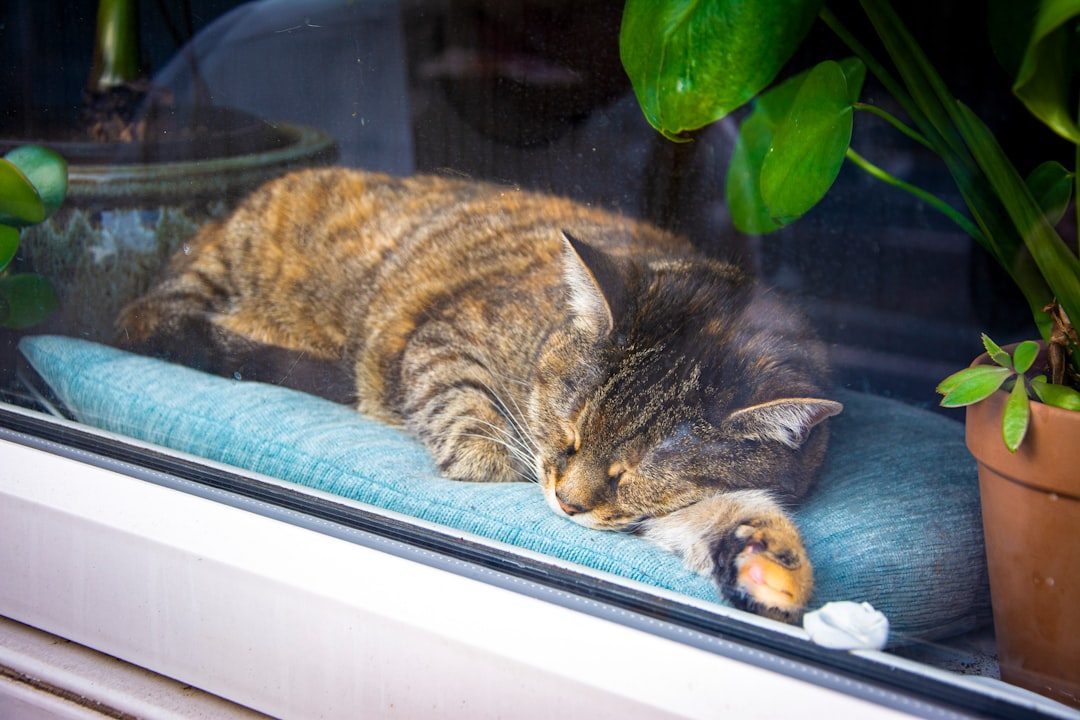
Windowsills are prime real estate in the feline world. Cats like to be up high, so that they can keep watch over their environment, which is why it is common to find cats sleeping on places such as windowsills. A cat who regularly naps by the window is usually a content cat who enjoys mental stimulation. They’re watching birds, tracking movement, observing the neighborhood drama, all while catching some rays.
This spot is both relaxing and enriching, a safe outdoor experience with no risk. Window sleeping combines several cat favorites: elevation for safety, warmth from sunlight, and entertainment from the outside world. If your cat has claimed a window spot as their primary napping location, they’re likely well-adjusted and engaged with their environment. It’s basically cat television, and they’re perfectly happy to binge-watch for hours.
Changes in Sleeping Locations Can Signal Health Issues

Changes in sleeping location or duration can indicate health issues or stress. If your cat suddenly abandons favorite sleeping spots or sleeps significantly more or less than usual, consult your veterinarian to rule out potential problems. This is where paying attention really matters. A cat who usually sleeps on high perches but suddenly prefers ground-level spots might be dealing with joint pain or mobility issues.
A stressed or painful feline may struggle to rest, snooze more or slumber in an unusual pose, presumably since movement is painful which suggests a negative emotional state of the cat. Similarly, a typically social cat who starts hiding away constantly could be experiencing illness or anxiety. A decline in health could affect how often a cat seeks warm or cool spots. So, if your furry friend is looking for warmth more or less than usual, it could be a sign of an underlying health issue. That is especially true if the strange behavior is accompanied by other signs such as loss of appetite, lack of energy, and lack of interest in play. Trust your instincts on this one. You know your cat’s normal patterns better than anyone.
Conclusion: Your Cat’s Sleep Diary
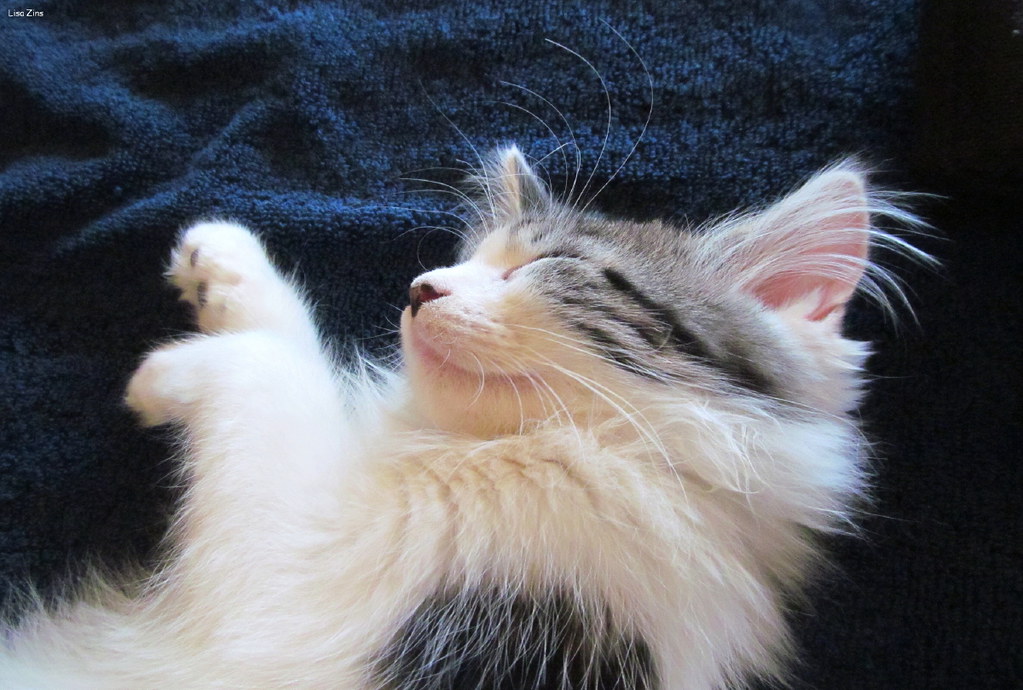
Your cat’s napping spots create an ongoing diary of their emotional state. From the confident feline claiming the highest shelf to the trusting companion curled up on your pillow, each location choice tells you something important. Your cat’s sleeping position is one of the clearest clues to their personality, emotional state, and comfort level inside your home. The beauty of understanding these patterns is that it deepens your connection with your pet. You’ll start noticing subtle shifts before they become problems.
Remember that cats are individuals with their own preferences. Some will always prefer enclosed spaces regardless of mood, while others are perpetual sun-seekers. The key is knowing what’s normal for your specific cat and watching for changes. Next time you find your furry friend in an unusual spot, take a moment to consider what they might be telling you. What’s your cat’s favorite napping spot? Have you noticed any patterns we didn’t cover here?





